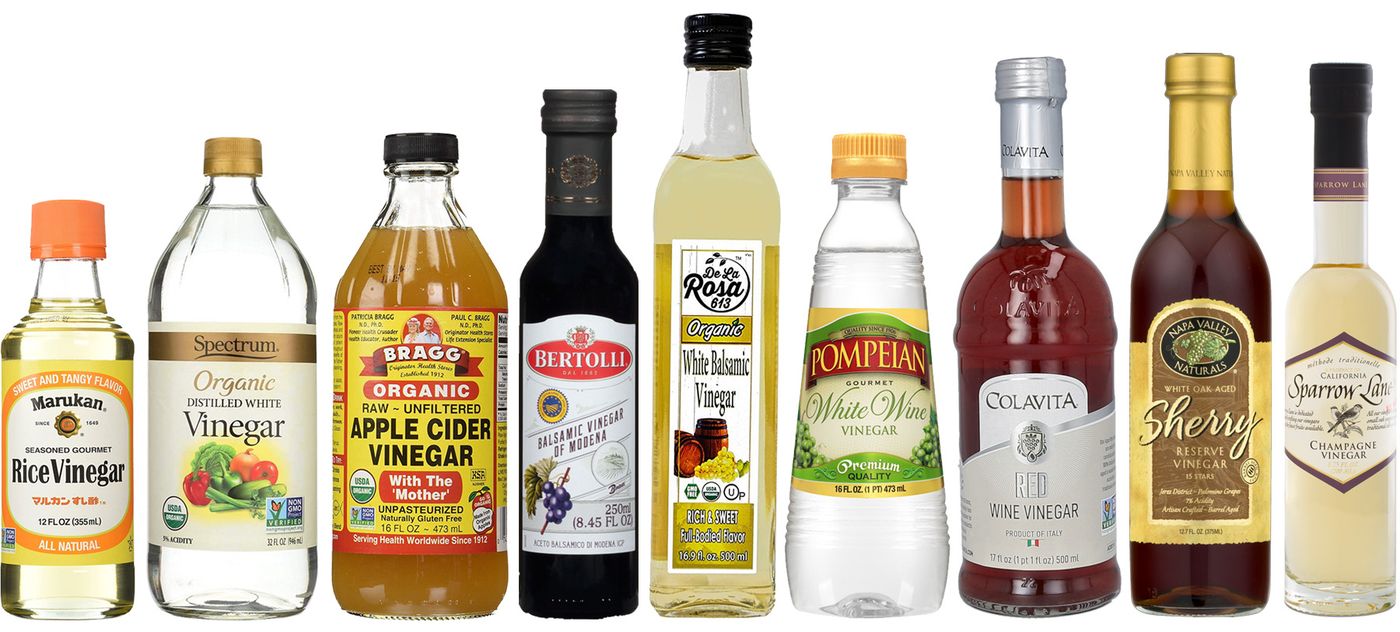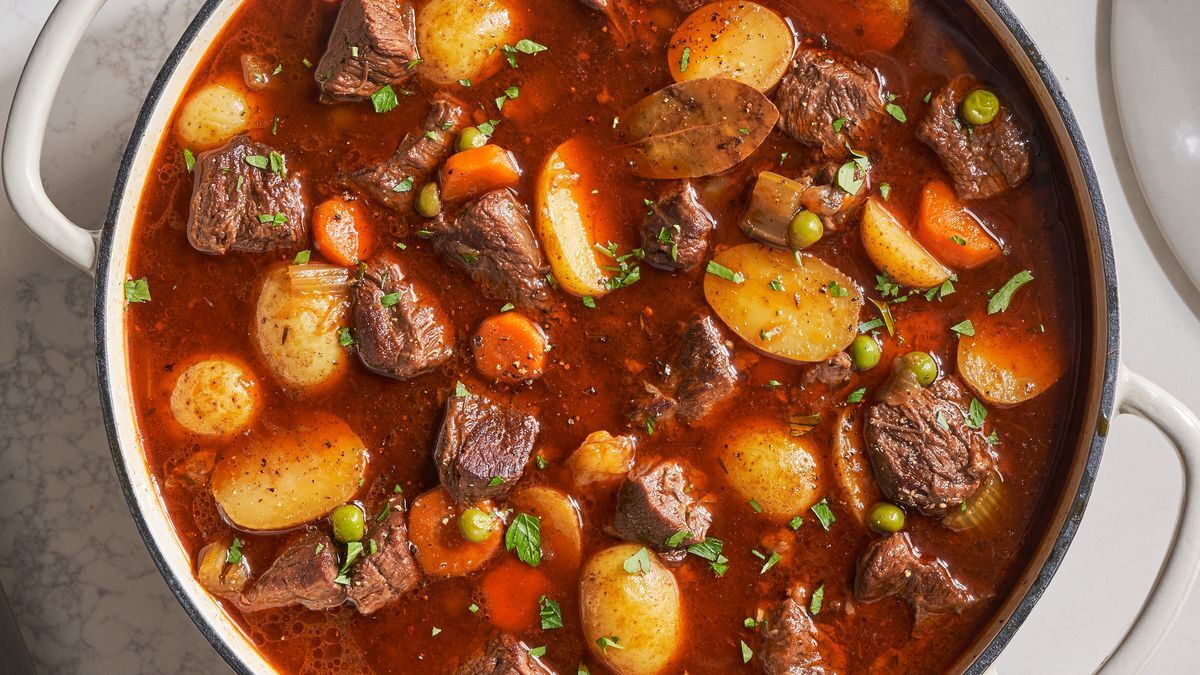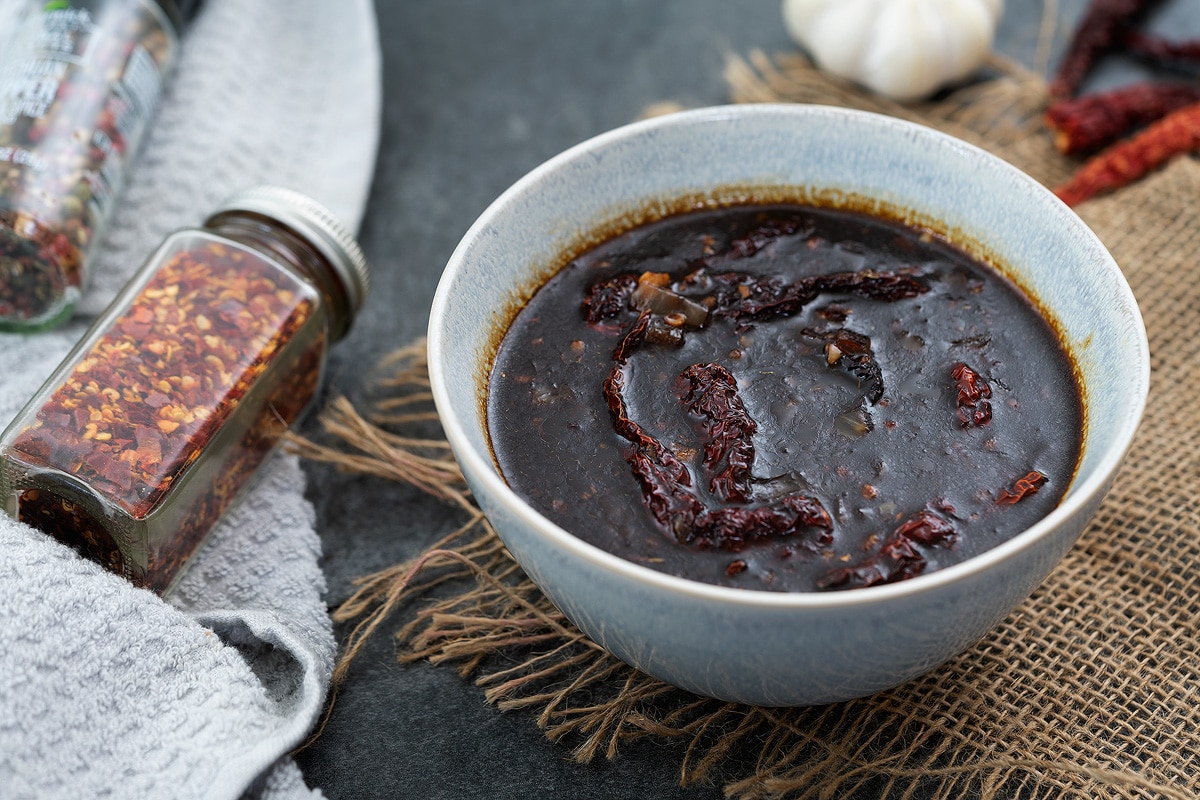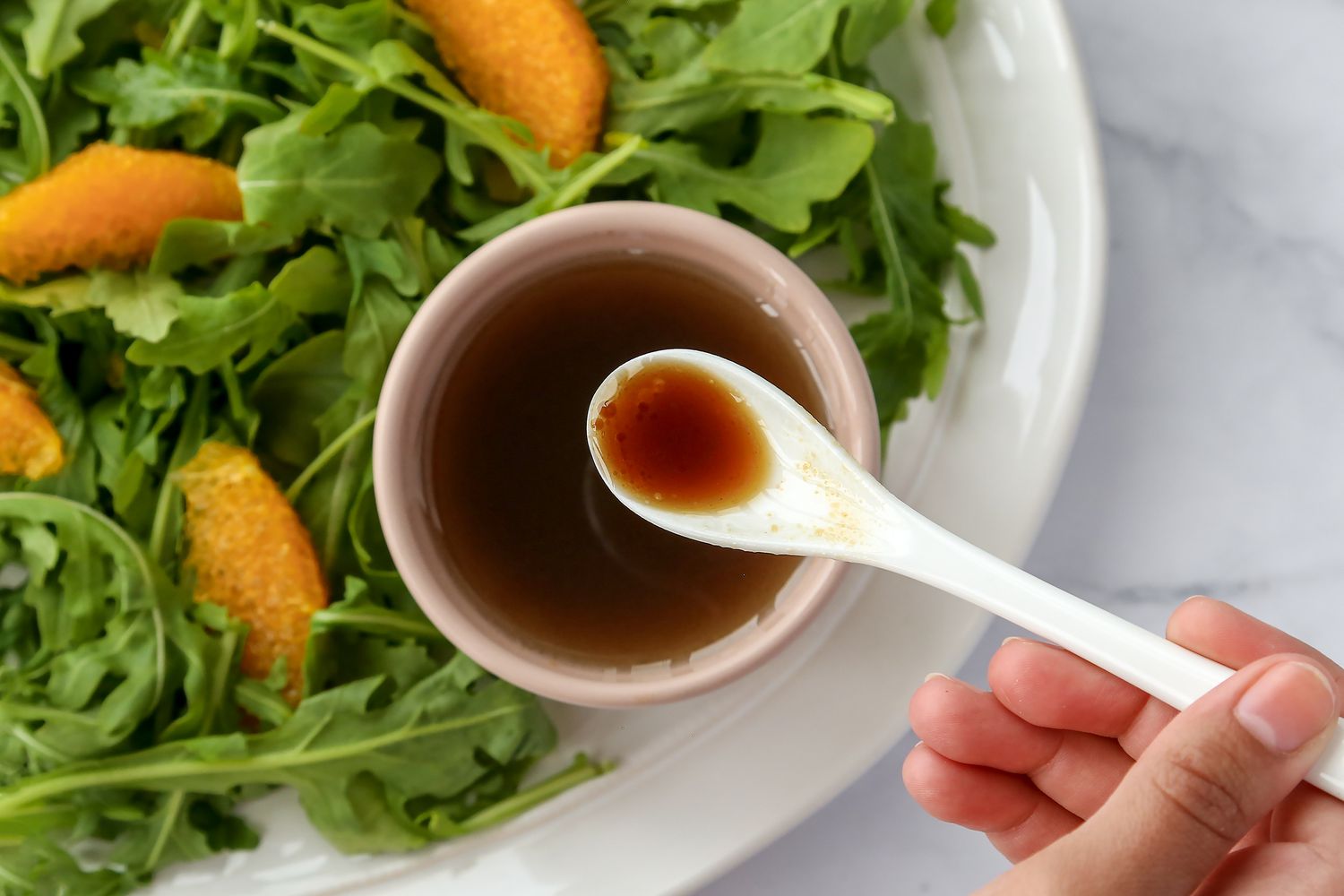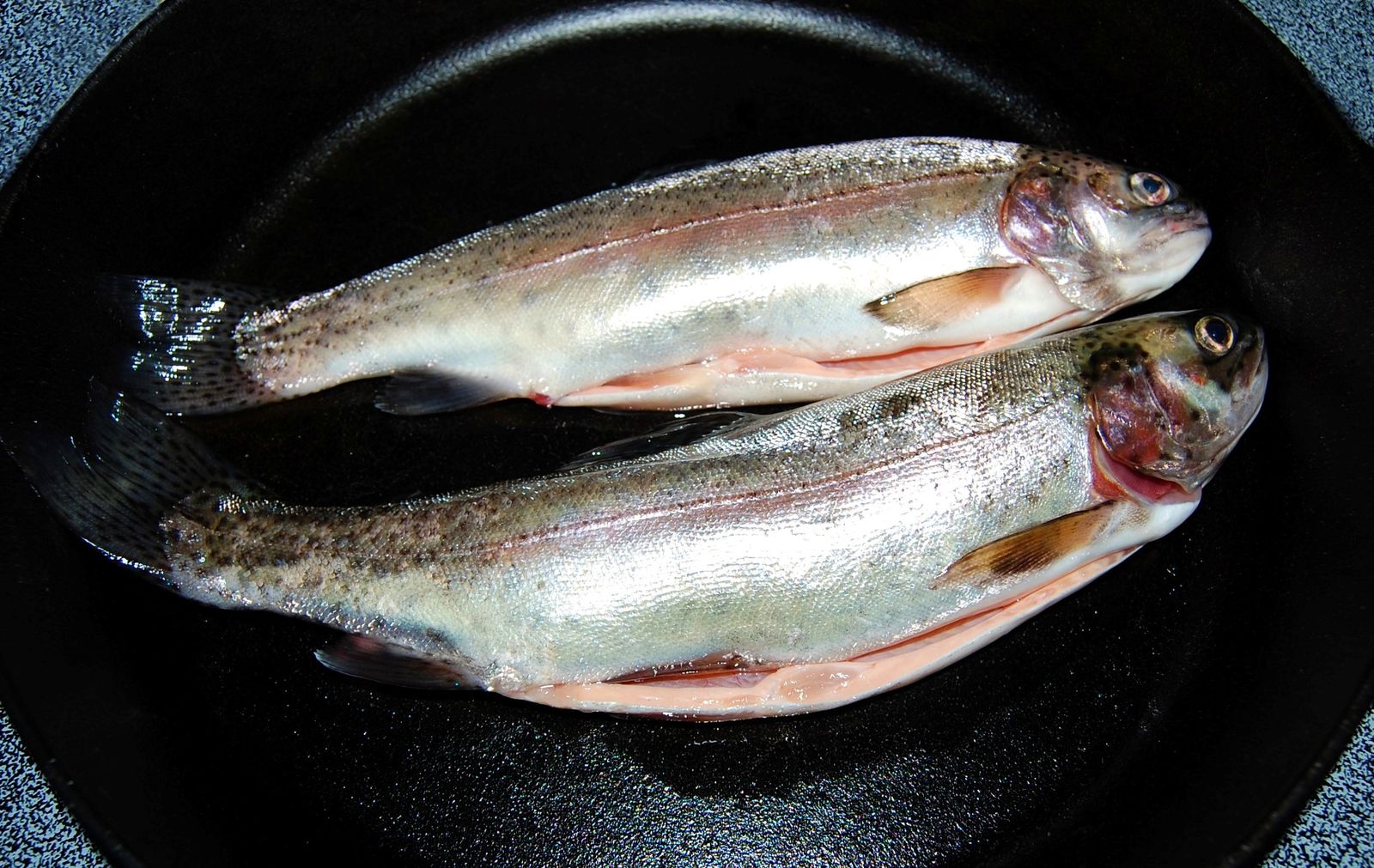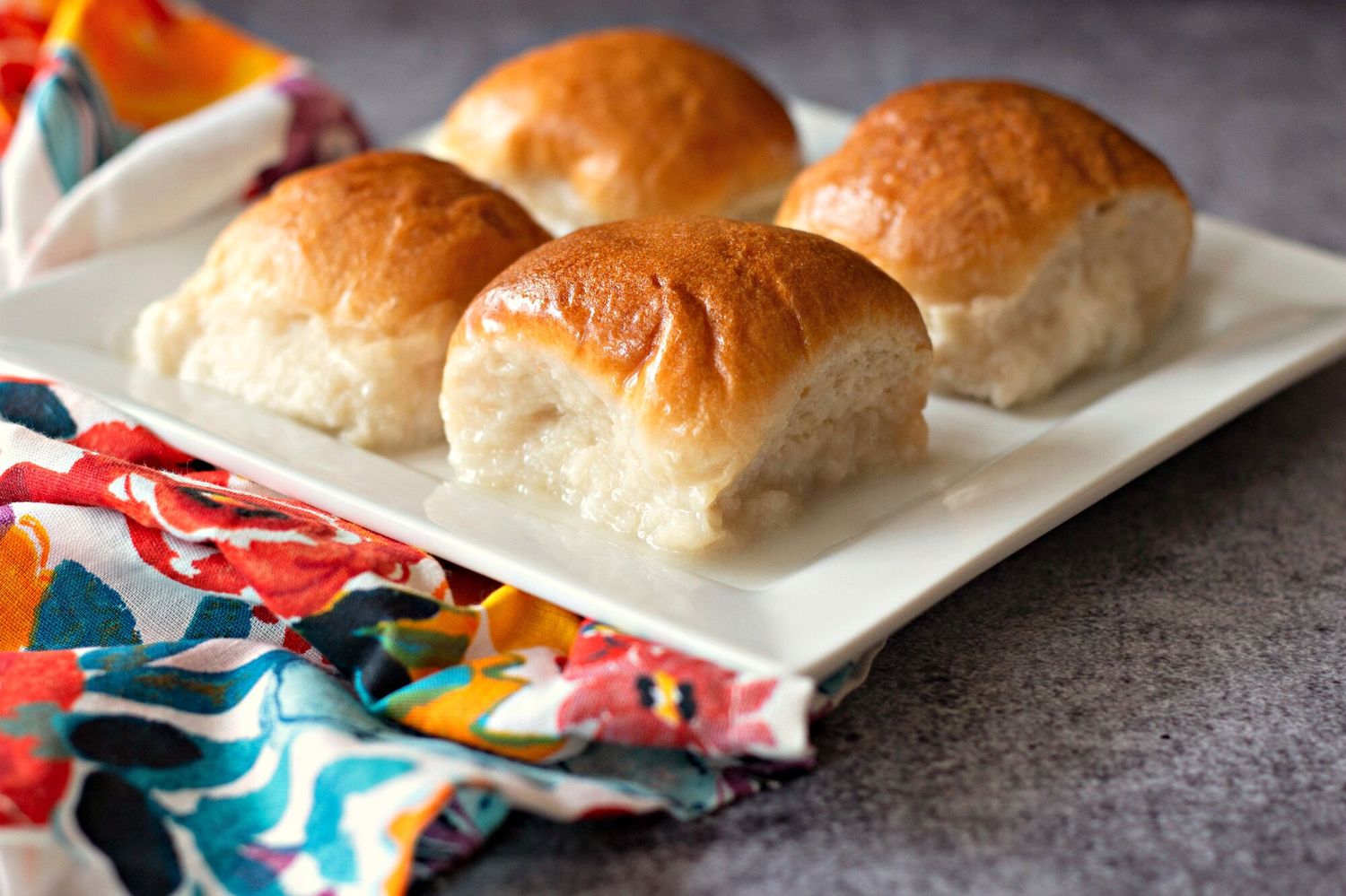When it comes to Japanese cuisine, sushi is a popular and beloved dish enjoyed by people all over the world. Within the realm of sushi, there are various types and styles, each with its own unique characteristics. Two popular forms of sushi that often cause confusion are Maki and Hand Roll. While they may seem similar at first glance, there are distinct differences between the two. Let's explore the nuances of Maki and Hand Roll to gain a better understanding of these delicious sushi creations.
Maki Sushi
Maki sushi, also known as makizushi, is a type of sushi that is made by rolling ingredients in seaweed (nori) and rice using a bamboo mat. The fillings typically include a combination of fish, vegetables, and rice, all tightly wrapped in nori. Maki sushi is then sliced into bite-sized pieces, resulting in the familiar cylindrical shape with a cross-section of rice, filling, and nori.
Characteristics of Maki Sushi:
- Rice on the outside: In most cases, the rice is on the outside of the nori, providing a smooth and uniform appearance.
- Multiple fillings: Maki sushi often incorporates multiple fillings, allowing for a variety of flavors and textures in each bite.
- Uniform shape: Due to the rolling process, Maki sushi has a consistent cylindrical shape, making it easy to handle and eat.
Hand Roll Sushi
On the other hand, hand roll sushi, or temaki, is a cone-shaped sushi roll that is made by wrapping nori around a combination of rice, fish, and vegetables. Unlike Maki sushi, which is sliced into individual pieces, hand roll sushi is meant to be eaten with the hands, holding the cone shape and taking bites from one end.
Characteristics of Hand Roll Sushi:
- Open-ended: Unlike Maki sushi, the hand roll is open at one end, resembling a cone or ice cream cone in shape.
- Eaten with hands: As the name suggests, hand roll sushi is designed to be eaten by hand, allowing for a more casual and interactive dining experience.
- Single serving: Each hand roll is typically a single serving, making it convenient for individual consumption.
Key Differences
Now that we've explored the basic characteristics of Maki and Hand Roll sushi, let's summarize the key differences between the two:
- Shape: Maki sushi is cylindrical in shape, while hand roll sushi is cone-shaped and open at one end.
- Eating Style: Maki sushi is typically eaten with chopsticks, while hand roll sushi is meant to be eaten by hand.
- Rice Placement: In Maki sushi, the rice is on the outside, while in hand roll sushi, the rice is on the inside, with the nori wrapping around it.
Conclusion
In conclusion, while Maki and Hand Roll sushi share some similarities, such as the use of nori, rice, and fillings, their shapes, eating styles, and rice placement distinguish them from each other. Whether you prefer the neat, bite-sized portions of Maki sushi or the casual, handheld experience of hand roll sushi, both offer delightful flavors and textures that showcase the artistry of Japanese cuisine. The next time you visit a sushi restaurant, consider trying both Maki and Hand Roll to fully appreciate the diversity of sushi offerings.
Was this page helpful?
Read Next: What Is McDonald’s Chicken Nuggets Made Of
